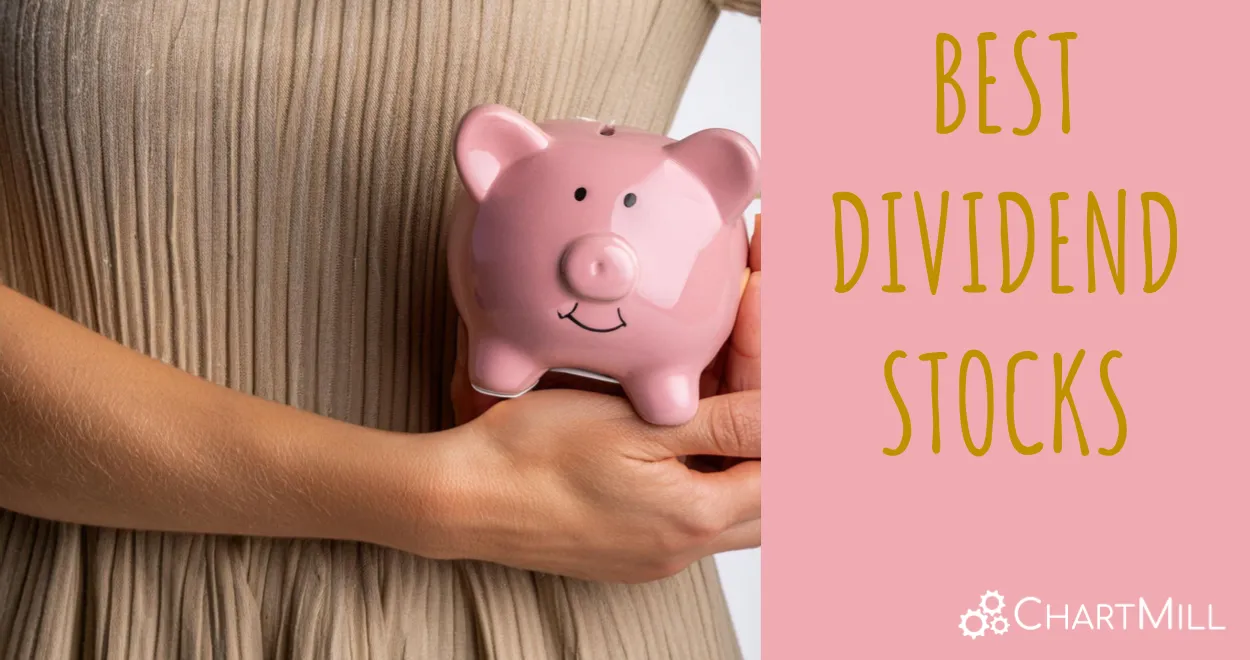Why NASDAQ:CALM provides a good dividend, while having solid fundamentals.
By Mill Chart
Last update: Jul 31, 2024
Our stock screener has spotted CAL-MAINE FOODS INC (NASDAQ:CALM) as a good dividend stock with solid fundamentals. NASDAQ:CALM shows decent health and profitability. At the same time it gives a good and sustainable dividend. We'll dive into each aspect below.

Dividend Assessment of NASDAQ:CALM
To gauge a stock's dividend quality, ChartMill utilizes a Dividend Rating ranging from 0 to 10. This comprehensive assessment considers various dividend aspects, including yield, history, growth, and sustainability. NASDAQ:CALM has achieved a 7 out of 10:
- With a Yearly Dividend Yield of 4.37%, CALM is a good candidate for dividend investing.
- CALM's Dividend Yield is rather good when compared to the industry average which is at 3.77. CALM pays more dividend than 89.01% of the companies in the same industry.
- Compared to an average S&P500 Dividend Yield of 2.31, CALM pays a better dividend.
- On average, the dividend of CALM grows each year by 16.93%, which is quite nice.
- CALM has paid a dividend for at least 10 years, which is a reliable track record.
- CALM pays out 33.06% of its income as dividend. This is a sustainable payout ratio.
Deciphering NASDAQ:CALM's Health Rating
ChartMill employs its own Health Rating for stock assessment. This rating, ranging from 0 to 10, is calculated by examining various liquidity and solvency ratios. In the case of NASDAQ:CALM, the assigned 9 reflects its health status:
- An Altman-Z score of 8.70 indicates that CALM is not in any danger for bankruptcy at the moment.
- Looking at the Altman-Z score, with a value of 8.70, CALM belongs to the top of the industry, outperforming 93.41% of the companies in the same industry.
- There is no outstanding debt for CALM. This means it has a Debt/Equity and Debt/FCF ratio of 0 and it is amongst the best of the sector and industry.
- A Current Ratio of 5.45 indicates that CALM has no problem at all paying its short term obligations.
- The Current ratio of CALM (5.45) is better than 96.70% of its industry peers.
- A Quick Ratio of 4.30 indicates that CALM has no problem at all paying its short term obligations.
- CALM has a better Quick ratio (4.30) than 97.80% of its industry peers.
Understanding NASDAQ:CALM's Profitability
ChartMill's Profitability Rating offers a unique perspective on stock analysis, providing scores from 0 to 10. These ratings consider a wide range of profitability metrics and margins, both in comparison to industry peers and on their own merits. For NASDAQ:CALM, the assigned 9 is a significant indicator of profitability:
- The Return On Assets of CALM (12.72%) is better than 92.31% of its industry peers.
- With an excellent Return On Equity value of 15.44%, CALM belongs to the best of the industry, outperforming 82.42% of the companies in the same industry.
- Looking at the Return On Invested Capital, with a value of 12.02%, CALM belongs to the top of the industry, outperforming 87.91% of the companies in the same industry.
- The Average Return On Invested Capital over the past 3 years for CALM is significantly above the industry average of 8.74%.
- The last Return On Invested Capital (12.02%) for CALM is well below the 3 year average (20.77%), which needs to be investigated, but indicates that CALM had better years and this may not be a problem.
- CALM has a Profit Margin of 11.94%. This is amongst the best in the industry. CALM outperforms 90.11% of its industry peers.
- In the last couple of years the Profit Margin of CALM has grown nicely.
- CALM has a Operating Margin of 13.26%. This is amongst the best in the industry. CALM outperforms 84.62% of its industry peers.
- In the last couple of years the Operating Margin of CALM has grown nicely.
- In the last couple of years the Gross Margin of CALM has grown nicely.
More Best Dividend stocks can be found in our Best Dividend screener.
Our latest full fundamental report of CALM contains the most current fundamental analsysis.
Keep in mind
This is not investing advice! The article highlights some of the observations at the time of writing, but you should always make your own analysis and invest based on your own insights.